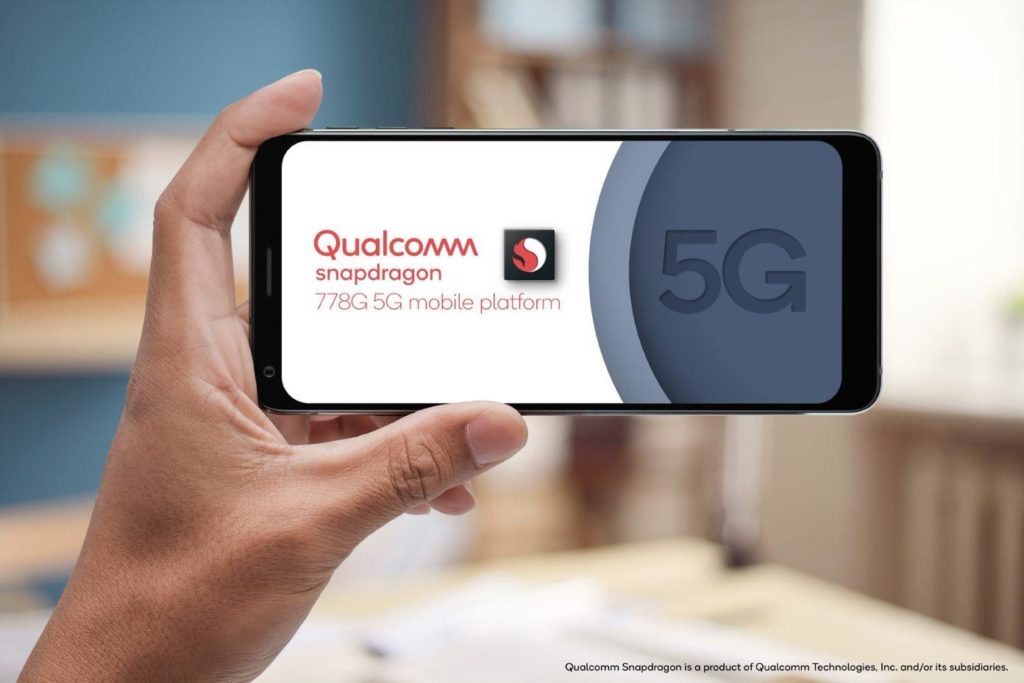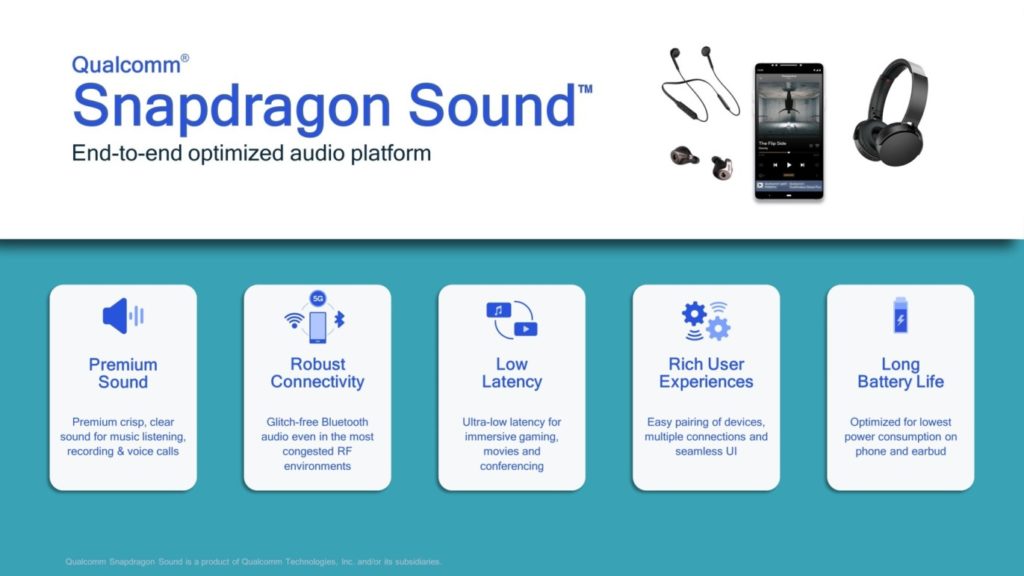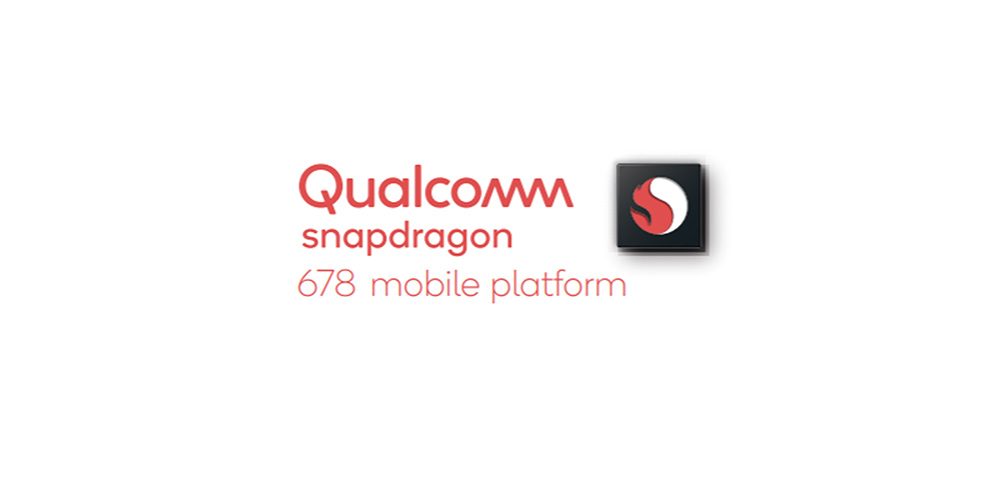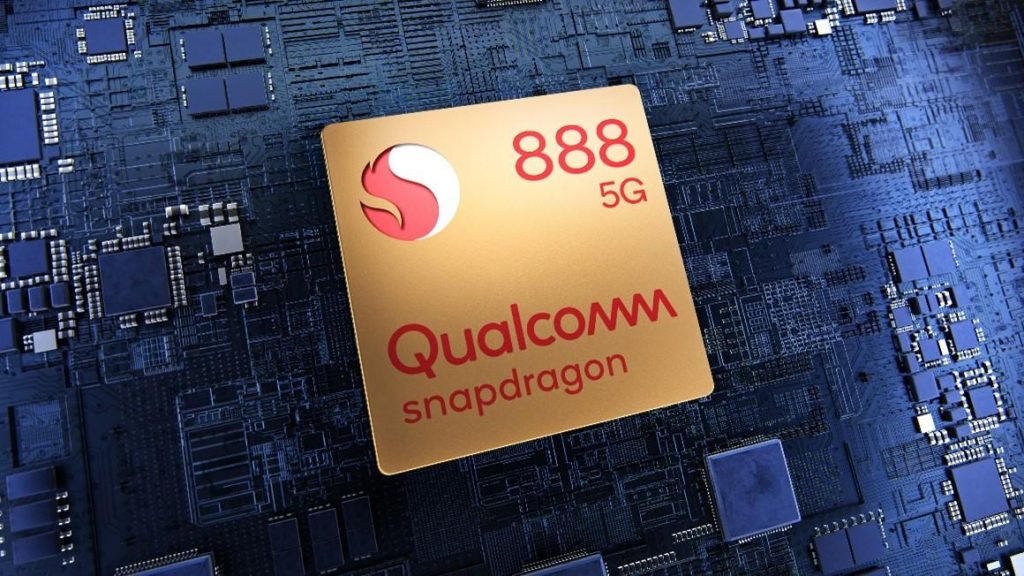Qualcomm launched Snapdragon 7c Gen 2 for Entry-Level Windows 10 Laptops and Chromebooks.
Every one of us deserves a laptop that is as connected as our smartphones. Users want greater mobility, superior performance, and the ability to work from anywhere, and the past year has only accelerated this trend. On Monday, Qualcomm announced the Snapdragon 7c Gen 2 compute platform as the company’s next-generation system-on-chip (SoC) for always-on, always-connected entry-level Windows PCs and Chromebooks.
Introducing Snapdragon 7c Gen 2
The Qualcomm Snapdragon 7c Gen 2 compute platform provides an always-on experience with the performance and battery life you demand. It requires the advanced and efficient technologies that Qualcomm Technologies has put in smartphones for years to be brought into your PC. The new Snapdragon platform is positioned as the successor to Qualcomm’s Snapdragon 7c, which was unveiled in 2019. The two platforms share many similarities.
Laptops with Qualcomm processors have existed in the past, but they have not been widely adopted by consumers. While those laptops have long battery lives and constant connectivity, they haven’t been able to match the performance of Intel and AMD processors. Another major issue with Qualcomm chips is compatibility (most Windows applications are designed to run on x86 or x64 systems), though things have improved with Windows on ARM.
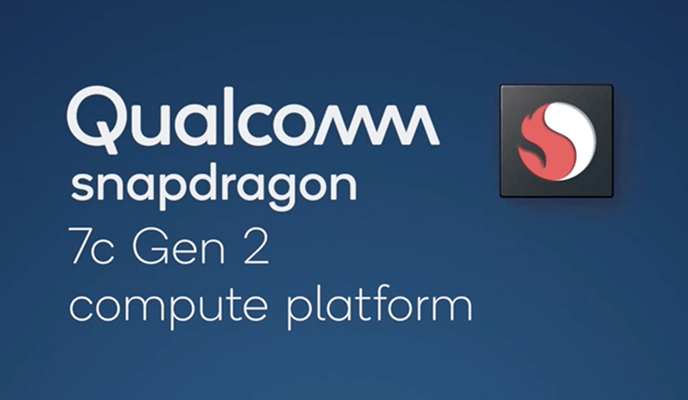
Qualcomm claims that the processor will change that perception and allow Qualcomm to compete with Intel in the entry-level laptop market. When it comes to the PC market, Intel remains the undisputed leader. Qualcomm said in a press release that the Snapdragon 7c Gen 2 will be commercially available this summer. The chipset will work with devices running both Windows 10 and Chrome OS.
Battery Life and Performance
Fast, responsive performance combined with long-lasting battery life in a thin, cool, and quiet PC. Snapdragon 7c Gen 2 compute platforms outperform competitors by up to 10% in terms of system performance. Up to 19+ hours of continuous use on a single charge is up to twice the battery life of most entry-level laptops.
Always-on, Always-connected
The Snapdragon 7c Gen 2 compute platforms include a Snapdragon X15 4G LTE modem. This allows your laptop to switch between trusted Wi-Fi and cellular networks automatically and seamlessly, allowing you to stay securely connected virtually anywhere. Your laptop will always be up to date and ready to go when you are, thanks to connected standby and instant-on capabilities.
Advanced Audio and Video
Because of the accelerated digital transition, we are all connecting remotely more frequently for work, learning, and catching up with friends and family. Snapdragon 7c Gen 2 compute platforms include an integrated Qualcomm SpectraTM ISP (image signal processor) for crisp, high-quality video and Qualcomm AqsticTM Audio technology for clear audio during video conferencing.
Artificial Intelligence (AI)
With the fifth-generation Qualcomm Artificial Intelligence (AI) Engine, the Snapdragon 7c Gen 2 can perform over 5 trillion operations per second (TOPS). AI acceleration is increasingly enabling modern experiences and security applications. On-device security can be accelerated, voice recognition improved, and computational photography used for background effects or gaze correction. Dedicated on-device AI can make these experiences a reality more quickly and efficiently.
Security at the Enterprise Level
The Snapdragon 7c Gen 2 compute platform includes modern security features designed to protect you and your data from the chip to the cloud. A layered secure boot with multiple verifications helps ensure your device starts safely and securely from the moment you press the power button. LTE connectivity improves Wi-Fi by allowing security applications and operating systems to stay up to date against “zero-day” threats, as well as making enterprise and education laptops more visible and manageable.
Qualcomm also introduced a new Snapdragon Developer Kit for Windows 10 PCs, in addition to the Snapdragon 7c Gen 2. It was created in collaboration with Microsoft to accelerate app development for Windows 10 devices powered by Snapdragon compute platforms. The developer kit is said to be optimized for solutions such as Zoom, providing users with an alternative to low-cost Intel Atom-powered laptops. This summer, the Snapdragon Developer Kit will be commercially available on the Microsoft Store.
